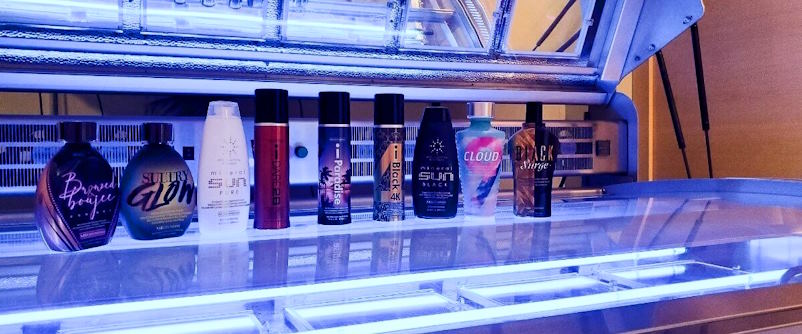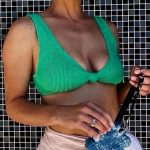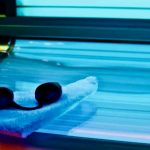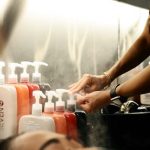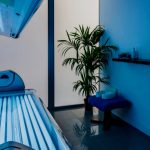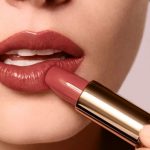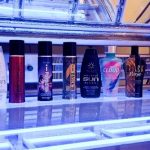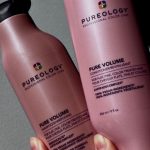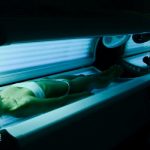Indoor tanning involves more than just lying in a bed and soaking up UV rays. Understanding the different types of tanning beds is crucial to ensure a safe and effective tanning experience. Here’s a detailed guide to help you choose the right tanning bed.
Understanding Low-Pressure Tanning Beds
Low-pressure tanning beds are the more traditional and common option in most tanning salons.
Key Features
- Lamps: Equipped with fluorescent lamps, typically a mix of UVA and UVB.
- Intensity: Emit lower UVB rays, providing a slower tanning process.
- Tan Development: Ideal for building a gradual, natural-looking tan.
- Skin Type Suitability: Suited for individuals with lighter to medium skin tones.
- Experience Level: Suitable for both beginners and experienced planners.
Considerations
- Tanning Time: Longer exposure times are common compared to high-pressure beds.
- Maintenance: Lamps may need more frequent replacement.
Exploring High-Pressure Tanning Beds
High-pressure tanning beds are known for providing a quicker and deeper tan.
Key Features
- Lamps: Use high-pressure quartz lamps, emitting mostly UVA rays.
- Intensity: Higher intensity and shorter sessions for faster results.
- Tan Development: Produces a more immediate and deeper tan.
- Skin Type Suitability: Best for individuals with darker skin tones or those who have already built a base tan.
- Experience Level: Recommended for experienced tanners accustomed to shorter exposure times.
Considerations
- Tanning Time: Sessions are shorter compared to low-pressure beds.
- Maintenance: High-pressure lamps usually last longer but may be more expensive to replace.
Matching Beds to Skin Types and Goals
Fair Skin (Types I and II)
- Start with low-pressure beds to minimize the risk of sunburn. Gradually progress to high-pressure beds as your skin builds tolerance.
Moderate Skin (Types III and IV)
- Both low-pressure and high-pressure beds are suitable. Start with low pressure for a gradual tan and consider high pressure for quicker results.
Dark Skin (Types V and VI)
- High-pressure beds are often more effective for individuals with dark skin tones. Consider shorter sessions for maintenance rather than building a base tan.
Tanning Goals
- If you’re looking for a subtle and natural tan, low-pressure beds may be preferable. High-pressure beds could be a better choice for a quicker, deeper tan, especially for special occasions.
Experience Level
- Beginners may feel more comfortable starting with low-pressure beds due to longer exposure times. Experienced tanners can explore both options based on their preferences.
Always consult with a knowledgeable tanning salon professional before making a decision. They can assess your skin type, understand your goals, and recommend the most suitable tanning bed. Additionally, prioritize safety by using protective eyewear and following recommended exposure times.

